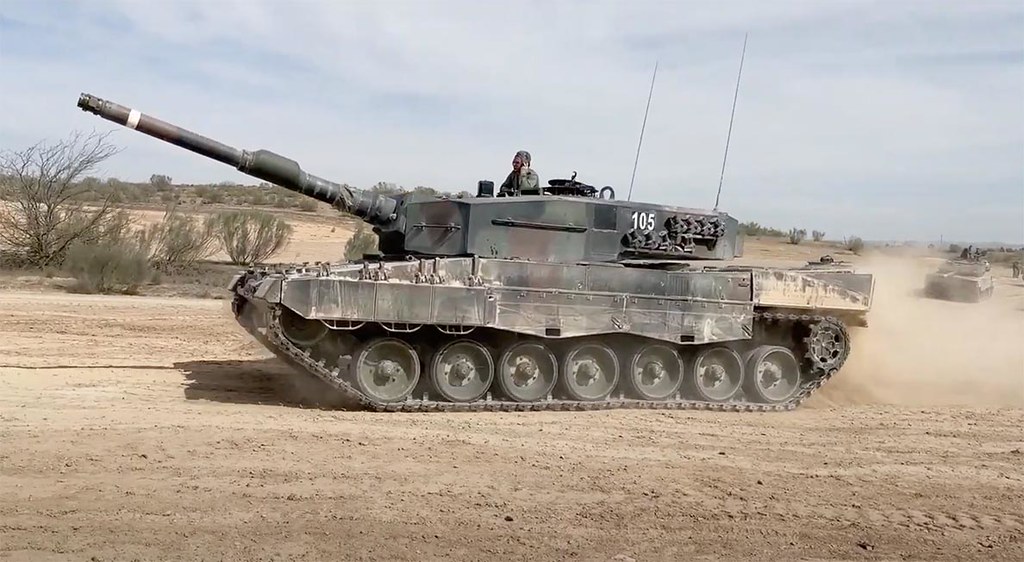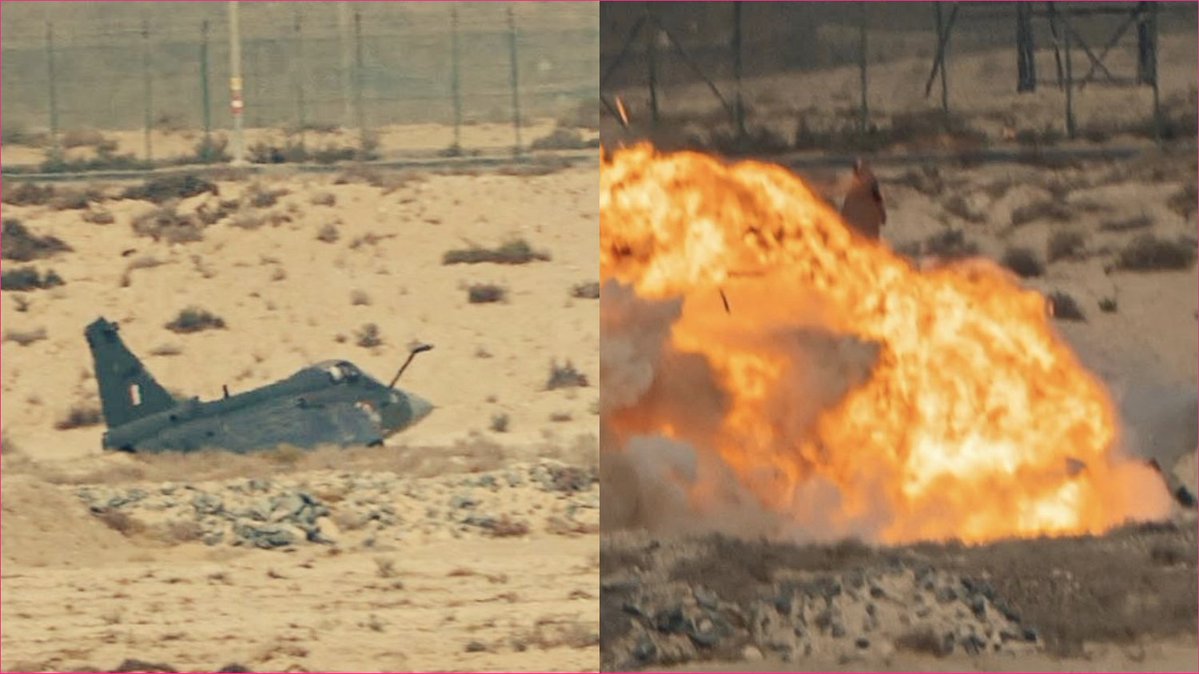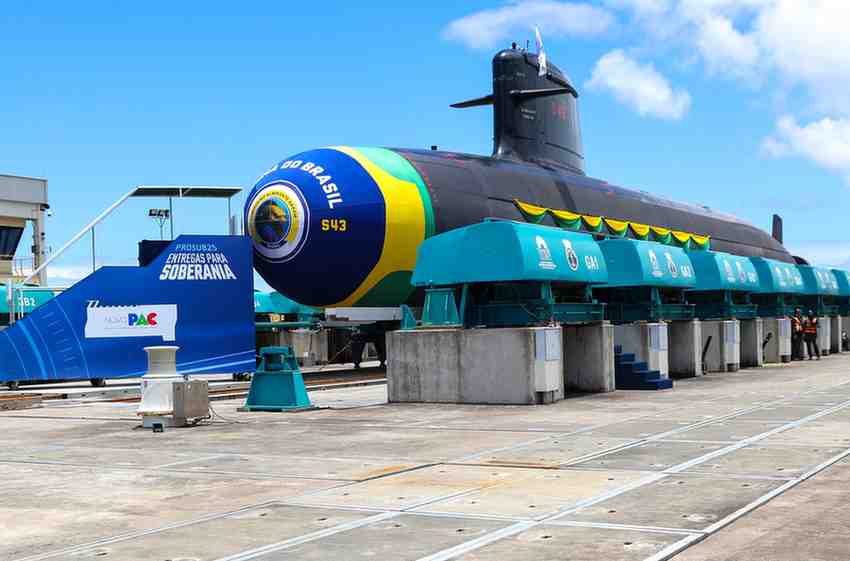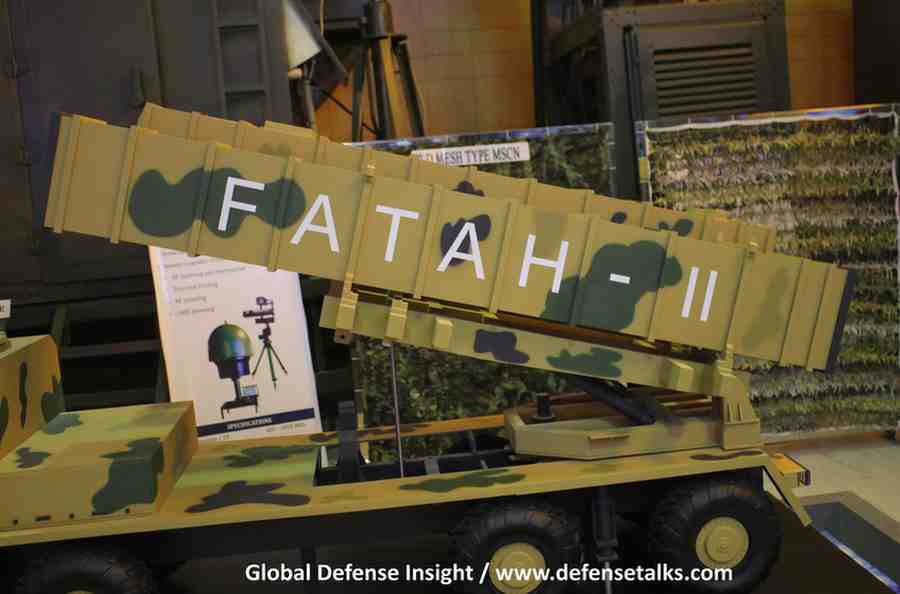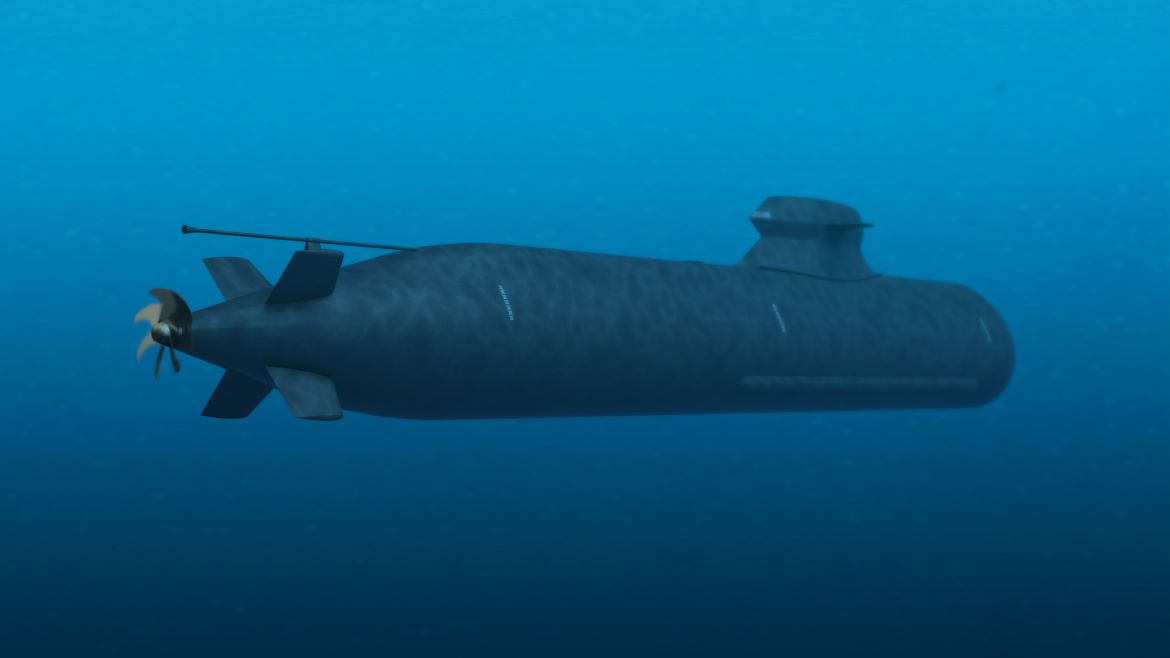The Leopard 2A4 remains one of the most successful and widely operated main battle tanks in the world. Developed by Krauss-Maffei Wegmann of Germany, it combines firepower, protection, and mobility, making it a cornerstone of many NATO and allied armored forces.
Table of Contents
ToggleOrigin and Development
The Leopard 2 program began in the 1970s as a successor to the Leopard 1. The A4 variant, introduced in the mid-1980s, became the most produced and exported version of the family. It was also the final model to feature the original Leopard 2 turret design before the introduction of advanced armor and digital systems in later variants such as the A5 and A6.
Firepower and Armament
The Leopard 2A4 is armed with a 120mm L/44 smoothbore gun manufactured by Rheinmetall. It can fire a variety of kinetic and high-explosive rounds, including armor-piercing fin-stabilized discarding sabot and high-explosive anti-tank projectiles. The tank also carries two 7.62mm machine guns—one coaxial and one mounted on the turret roof. Its fire control and stabilization systems enable accurate engagement of moving targets, even while the tank itself is on the move.
Mobility and Engine
Power is provided by an MTU MB 873 Ka-501 turbocharged diesel engine producing 1,500 horsepower. The tank can reach speeds of up to 68 kilometers per hour and has an operational range of about 450 kilometers. The Renk HSWL 354 automatic transmission and torsion-bar suspension give it excellent cross-country mobility, allowing it to operate effectively across varied terrain.
Technical Specifications
| Specification | Details |
|---|---|
| Manufacturer | Krauss-Maffei Wegmann (Germany) (Now: KNDS) |
| Type | Main Battle Tank |
| Entered Service | Mid-1980s |
| Crew | 4 (Commander, Gunner, Loader, Driver) |
| Weight | Approximately 55,000 kg |
| Engine | MTU MB 873 Ka-501, 1,500 hp V12 diesel |
| Transmission | Renk HSWL 354 automatic |
| Maximum Speed | 68 km/h (on road) |
| Operational Range | Around 450 km |
| Main Armament | 120 mm Rheinmetall L/44 smoothbore gun |
| Ammunition Types | APFSDS-T, HEAT-MP-T |
| Secondary Armament | 2× 7.62 mm MG3 machine guns |
| Armor | Composite armor (steel, tungsten, ceramic layers) |
| Suspension | Torsion bar |
| Operational Users | Germany, Finland, Poland, Turkey, Spain, Canada, Indonesia, and others |
Armor and Protection
The Leopard 2A4 is protected by composite armor made of steel, tungsten, and ceramics, offering reliable defense against both kinetic and shaped-charge munitions. Later upgrades added spall liners and improved turret armor for enhanced crew protection. The tank is equipped with automatic fire suppression and nuclear, biological, and chemical protection systems to safeguard the crew during combat operations.
Crew and Ergonomics
It operates with a crew of four: commander, gunner, loader, and driver. The interior is designed for efficiency, visibility, and comfort during prolonged missions. Thermal imaging and night vision systems provide strong target acquisition and situational awareness in all weather conditions.
Operational Users
The Leopard 2A4 has been exported widely and remains in service with more than a dozen countries, including Finland, Poland, Turkey, Canada, and Spain. Many operators have modernized their fleets with upgraded optics, armor modules, and active protection systems, extending the platform’s operational life well into the next decade.
Versatility and Modern Adaptations
The Leopard 2A4 chassis has also been used as the foundation for several specialized vehicles such as bridge-layers, armored recovery vehicles, and engineer variants. This versatility allows the platform to fulfill a range of combat support and engineering roles alongside its main battle tank function.
Significance for Finland and NATO
Finland employs the Leopard 2A4 both as a main battle tank and as a base for its Leopard 2L bridge-laying vehicles built in cooperation with Patria. The design’s adaptability has made it a preferred platform for multi-role engineering and tactical applications within NATO forces.
Combat History and Performance
The Leopard 2A4 has seen operational deployment with several countries in a variety of conflict environments. Turkish forces have employed the tank in operations in northern Syria, where it encountered both conventional and asymmetric threats. While the tank demonstrated strong firepower and maneuverability, engagements also highlighted the limitations of older armor configurations when faced with modern anti-tank guided missiles.
In contrast, other operators have used the Leopard 2A4 effectively in peacekeeping and deterrence missions, where its reliability and mechanical resilience have been notable strengths. Overall, its performance record is mixed but instructive—showing that while the Leopard 2A4 remains a capable platform, modernization of armor and active protection systems is essential to maintain survivability in contemporary combat scenarios.
- GDI Staffhttps://defensetalks.com/author/umair/
- GDI Staffhttps://defensetalks.com/author/umair/
- GDI Staffhttps://defensetalks.com/author/umair/
- GDI Staffhttps://defensetalks.com/author/umair/


